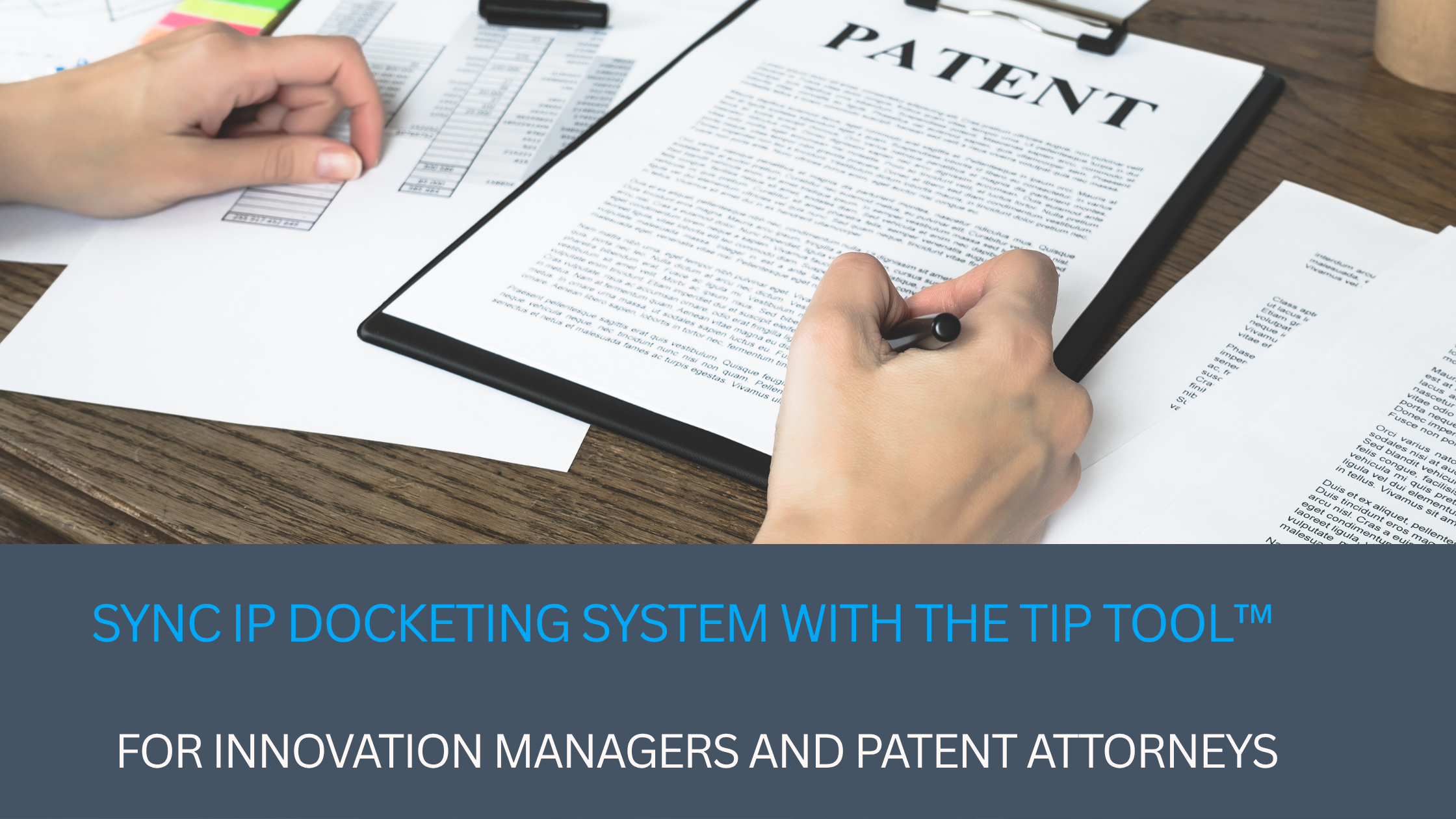As a fledgling company looking to make your mark, you have to be defensive. The lawsuits are quite a costly affair and can certainly be lethal. You will find yourself being pushed into bankruptcy even before you can really get going. Patents are expensive. But the protection that a strong patent portfolio can give your company is unmatched. In this landscape, developing a global patent portfolio strategy becomes crucial to safeguard your company’s innovations.
Seek first to understand, then to be patented
Building your own IP strategy is personal to your business and its goals. It largely depends on your company’s strategic vision. But it is also important to understand your competition. Possessing competitive intelligence is key. To bolster this vision, understanding the patent strategies for SMEs and large companies can provide valuable insights for your IP strategy. To develop an effective IP strategy for your company, understand your market and your competition. If you are entering a market space that is patent-heavy, investors will be expecting you to have patents as well. But how many do you need? And where should you start?
Start from the very beginning
A good place to start is Google Patents. Let’s say you are a start-up that’s entering the marketplace with a product that is a virtual assistant. You might suspect that in the digital age, this is a heavily patented space. A simple search on Google Patents will list for you the details of many patents in the space. You will find details including who are the inventors and owners along with many similar patents. The free platform provides comprehensive coverage of every patent. The status of filing, litigation (if any), the office it has been filed in, etc. is all available to anyone. Spend a little more time studying the competitor innovation along with their filing their habits in the patent world. This will help you build competitive intelligence as you pursue your own patent portfolio.
Without patent(s) to protect the innovation in your product, you will be a pigeon amongst cats. Without patent protection as a defense, you are exposing yourself to attack. This can be in the form of infringement suits or threats that scare away your customers. Competitors will look to shake confidence in your investors or slow you down before your IPO. Or worse still, look to remove you from the marketplace before you reap its rewards.
Before you develop your IP strategy to protect your company, go back to the drawing board. Relook at your vision for your startup and draw a blueprint of your product’s journey as it navigates past the competition. Part of this journey involves strategic IP development to ensure long-term success in the market. Mark out where you want to be in the next six months, year, five years, and then long term. Once you have the answers to those questions is when you choose which patents you want to pursue.

Build a Portfolio; Ward off Litigation
Did you know you are less likely to be sued with a strong patent portfolio than without it? With a patent portfolio, you are reducing the risk of the patent suit out of fear you would countersue. You are also giving yourself a chance to go on the offensive when you need to.
Sharks (large companies with many patents) are always on the lookout for little fish (start-ups with little to no patents). By not having patent protection, you are more likely to lose a patent lawsuit. The reason is not only statistical but logical. You become an easy target to go after as there is little chance of a countersuit and even if unsuccessful, a small company can be bled out with the extraordinary litigation costs.
But patents are an expensive affair. Choosing the right patents to have is an important part of competitive intelligence. If your portfolio is too small there is more risk of losing a patent battle. Your portfolio should be commensurate to your position/station in the marketplace. Having a portfolio that has about half the number of patents as compared to a competitor twice the size is a good rule of thumb. Being in this position will allow you to counter-sue. When the competition knows that it is susceptible to a countersuit, it is less likely to take you to court.
On a side note: Would you want to know how your patent application is progressing at the USPTO compared to other applications in the same domain?
The TIP tool offers statistics of the law firm and the examiner handling your case. Once the application is filed at the USPTO, and an examiner is allotted to your case, the tool indicates the relative performance of the law firm handling your case. The statistics revolve around the number of arguments, grant rate, and grant time. The tool also indicates the case health, for instance, it can tell you if a case needs your attention. There is a whole bunch of insights that you can gather from the TIP tool for strategic patent prosecution.
Request insights for any of your cases at the patent office using the form below.
In Sum, Strategy First
A strong patent portfolio doesn’t always mean having a ton of patents attached to your name. A strong IP strategy is something that is unique to your company’s innovation. It is something you think about as much as you think about your product. Having the right patents is as important as having the right product while procuring patents to match your growth timelines. This can be difficult with all the distractions that product development and new releases can bring.
Having an IP strategy and growing your portfolio along with your product success will strengthen your market dominance. Seek professional advice in building your IP strategy. That way, you stand to make the most of your investment. We’ve got Google’s most asked patent questions answered here for you already! Patents can be your biggest business weapon and most attractive asset. They attract investments when your fledgling product gains market while protecting you when you grow. So choose wisely, build well.
On that note, from us to you – Happy Patenting!
Note: The preceding is general business advice and not to be construed as legal advice. IP laws vary by country and retaining licensed legal counsel is advised to confirm this information. Any expressed or implied opinions are of the author and do not necessarily reflect the views of Triangle IP or any other entity who might be associated with the presenter. We hope this content is helpful to you, but should not be relied upon without confirming the advice and accuracy with local legal counsel. Any comments or inquiries are not confidential so please discuss your issues directly with counsel.



